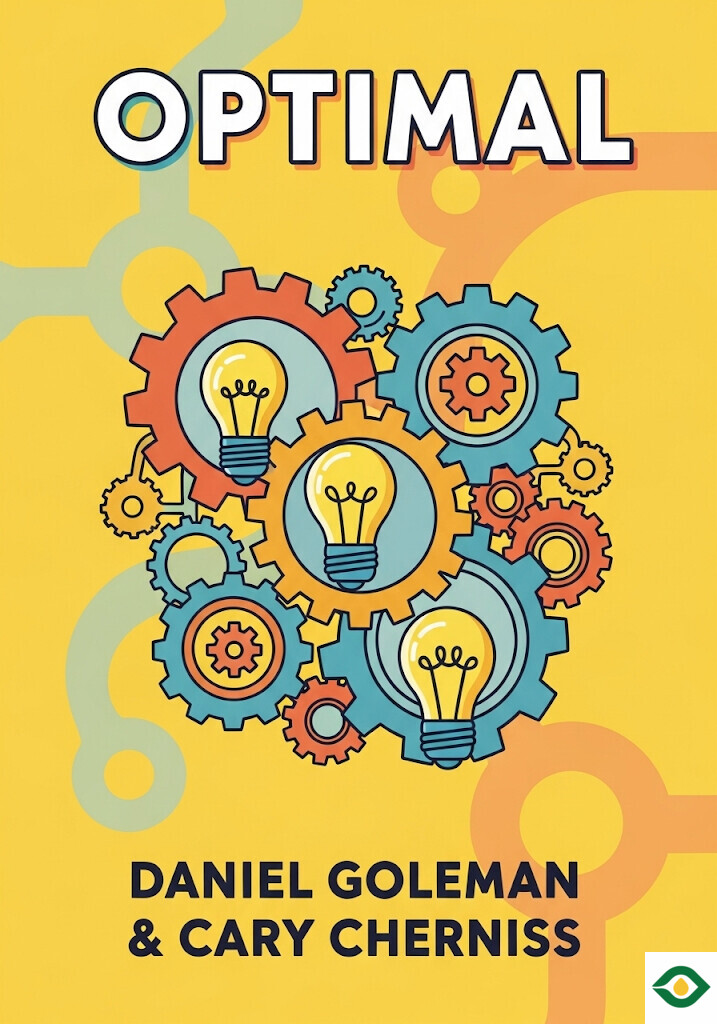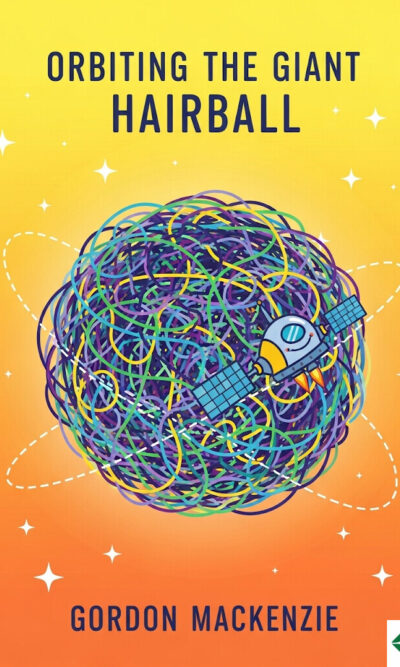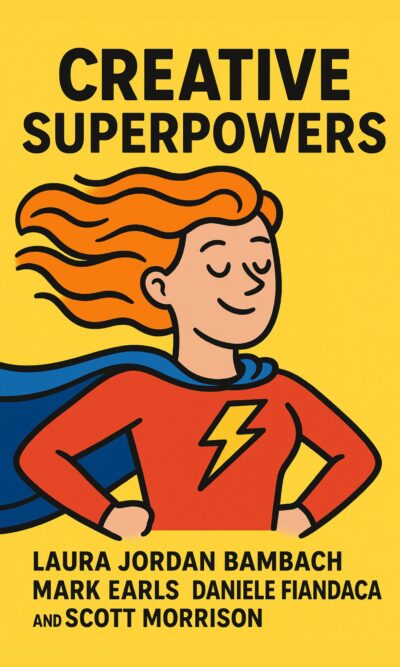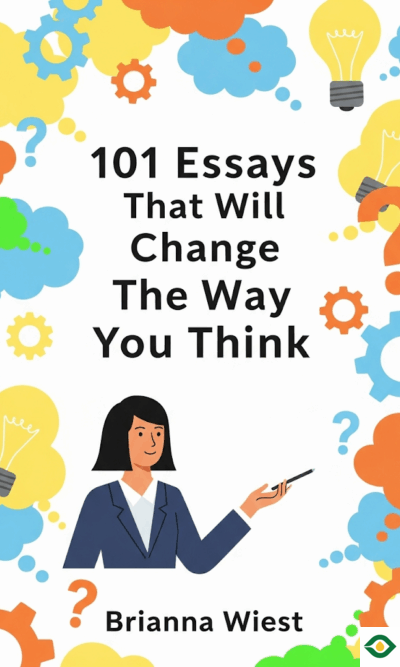Description
Living at your best does not mean constant struggle or endless pressure. It means entering a state where focus, productivity, and balance feel natural. This is often called the “optimal state.” Many think it belongs only to elite athletes or top executives, but in truth, anyone can build it. By learning emotional intelligence, mindfulness, and self-awareness, we can all move closer to this way of living.
The optimal state is not about working harder. It is about working smarter, with calm concentration and creativity. When you are in this state, distractions fade, and your mind is free to produce ideas and solutions more naturally. You feel less weighed down by stress and more connected to your work and to people around you. Research shows that people in this state may be several times more productive than in their ordinary mode. More importantly, they feel satisfied and balanced, which is just as valuable as the achievements themselves.
A key foundation of the optimal state is emotional intelligence. This means noticing and managing your own feelings, while also recognizing and respecting the feelings of others. People with strong emotional intelligence can calm themselves in moments of stress, listen carefully, and respond with empathy. At work, this creates better teamwork, smoother communication, and healthier problem-solving. For example, a salesperson with strong emotional skills does better not because of a script, but because they understand their client’s emotions. Similarly, engineers, designers, or teachers succeed more when they can collaborate and resolve conflicts with care.
Emotional intelligence is not only for work. It also protects personal well-being. Those who develop it usually handle stress better, recover from difficulties more quickly, and build stronger relationships with friends and family. A person with high emotional intelligence often knows when they need rest, how to express their needs, and how to avoid letting small frustrations grow into big problems. This creates resilience in both body and mind.
Mindfulness and self-awareness are close partners of emotional intelligence. Mindfulness means paying attention to the present moment, instead of drifting into worry or distraction. When you practice mindfulness, you train your brain to focus, relax, and enter deeper concentration. Neuroscientists describe this as “neural harmony,” when the mind aligns itself with a task so fully that unnecessary noise fades away. A simple example is focusing on your breath during a stressful moment. This not only calms you but also sharpens your ability to think clearly.
Self-awareness is equally important. It means understanding what emotions you are feeling, why you are feeling them, and how they shape your actions. A person who notices, “I am becoming frustrated,” has already taken the first step to prevent an argument. Self-awareness allows us to pause, adjust, and make choices that match our long-term goals rather than our short-term impulses. Together, mindfulness and self-awareness form the bridge into the optimal state.
Emotional intelligence also shines in leadership and teamwork. In today’s professional world, leaders are not judged only on technical skill but on how well they manage people. Empathy, patience, and the ability to guide a team through crises often matter more than hard skills alone. Studies show that organizations with emotionally intelligent leaders have lower turnover, higher satisfaction, and stronger results. Google’s research found that the single biggest factor in team success is psychological safety – the trust that allows members to share ideas freely without fear. This is directly tied to emotional intelligence.
Building emotional intelligence in organizations requires more than a one-time workshop. It needs to be woven into culture and training. Leaders can ask behavioral questions during interviews to see how candidates deal with conflict or setbacks. They can also model good emotional habits themselves, such as listening before reacting and showing calm during stress. Training programs, when done consistently, help employees at all levels grow these skills. Over time, the company becomes not only more productive but also a better place to work.
There are challenges in measuring emotional intelligence. Traditional self-tests may not always reflect reality, since people can misjudge themselves. A better method is to gather feedback from colleagues, managers, and even friends or family. This provides a clearer picture of how a person’s behavior affects others. Some organizations also use coaching and ongoing practice sessions, since emotional intelligence is not fixed – it can be strengthened through effort and reflection.
Looking to the future, emotional intelligence will matter even more. As technology and automation spread, the human qualities that cannot be replaced – empathy, creativity, and purpose – become central. Salesforce CEO Marc Benioff speaks of the “four Qs”: EQ (emotional intelligence), IQ (intelligence), CQ (creativity), and SQ (spiritual or purpose-driven intelligence). Together, they prepare us for the challenges of tomorrow. Apple’s Tim Cook also emphasizes that technical skill must be combined with emotional depth and collaboration to drive innovation.
Generational changes reinforce this trend. Younger generations, especially Gen Z, often value sustainability, social responsibility, and meaningful work. For them, emotional intelligence is not optional – it is part of how they expect leaders and companies to behave. Organizations that ignore this will struggle to attract and keep talent. On the other hand, those that invest in emotional intelligence create loyal teams and stronger bonds with customers.
Creativity and systems thinking also connect with emotional intelligence. Creative breakthroughs require curiosity, openness, and resilience, all of which are supported by emotional balance. Systems thinking – the ability to see patterns and relationships in complex structures – is easier when leaders can manage stress, listen to diverse voices, and encourage collaboration. Emotional intelligence makes these larger skills more practical and effective.
In simple terms, emotional intelligence is the thread that ties everything together – performance, relationships, leadership, creativity, and resilience. By developing it, individuals can find more balance and meaning, while organizations can foster healthier cultures and achieve sustainable success.
The path to the optimal state is not about perfection. It is about daily habits: pausing to breathe, noticing emotions, practicing empathy, and staying present. Over time, these small actions build the strength to handle stress, the focus to create, and the connection to live well with others.
In conclusion, emotional intelligence is not just another skill. It is the foundation of a fulfilling and productive life. It helps you perform at your best without burning out. It supports healthier relationships at work and at home. It prepares you for the future by blending with creativity, purpose, and innovation. The optimal state is available to anyone willing to grow in awareness and empathy. By making these principles part of everyday life, you can unlock potential you did not know you had – and live not only with greater success, but with greater peace of mind.





